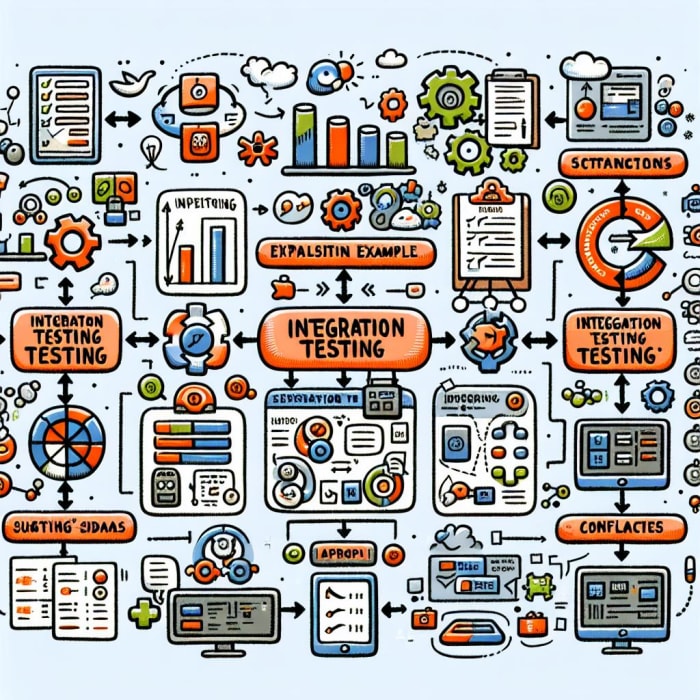What is integration testing? What are some examples, challenges, and approaches?

Integration testing is the process of testing the interactions between different components or modules of a software system to ensure that they work together correctly. An example of integration testing would be testing how a database component interacts with a user interface component in a web application. One challenge of integration testing is identifying and simulating all possible interactions between components, especially in complex systems with multiple dependencies. One approach to integration testing is using stubs or mock objects to simulate the behavior of external components that are not yet available for testing.
Because of my enhanced understanding of IT, IoT, and ML, I was assigned new projects at work after completing this course. In addition, I received a 20% pay increase and a promotion as compensation. I have gained more knowledge from this program and have been motivated to continue improving my skills.
For integration testing, developers can employ a wide range of recognized software testing methodologies. This is a compilation of some of the standard methods from the software testing industry. These methods should not be confused with the sorts of integration testing that we will discuss in the next section.
In order to enable the testing of the higher-level modules, this strategy necessitates testing the lower-level modules first. Until each top-level module has been tested, the procedure is repeated. The next level of modules is generated after all of the lower-level modules have been successfully tested and integrated.
Another name for this technique is "sandwich testing." It entails testing higher-level modules and lower-level modules concurrently, as well as integrating and testing the modules as a whole. Thus, this procedure is essentially a combination of top-down and bottom-up testing methods.
This method combines and tests two or more logically connected modules. Once all of the logically connected modules have passed testing, further related modules are progressively added and integrated. The top-down and bottom-up approaches are both available to the tester.
Web-based application testing is the focus of this open-source automated testing tool. Its use case isn't restricted to Angular and AngularJS applications, despite being specifically made for them. Numerous browsers, including as Chrome, Firefox, Internet Explorer, and Safari, support Protractor.
Because of my enhanced understanding of IT, IoT, and ML, I was assigned new projects at work after completing this course. In addition, I received a 20% pay increase and a promotion as compensation. I have gained more knowledge from this program and have been motivated to continue improving my skills.
Because of my enhanced understanding of IT, IoT, and ML, I was assigned new projects at work after completing this course. In addition, I received a 20% pay increase and a promotion as compensation. I have gained more knowledge from this program and have been motivated to continue improving my skills.